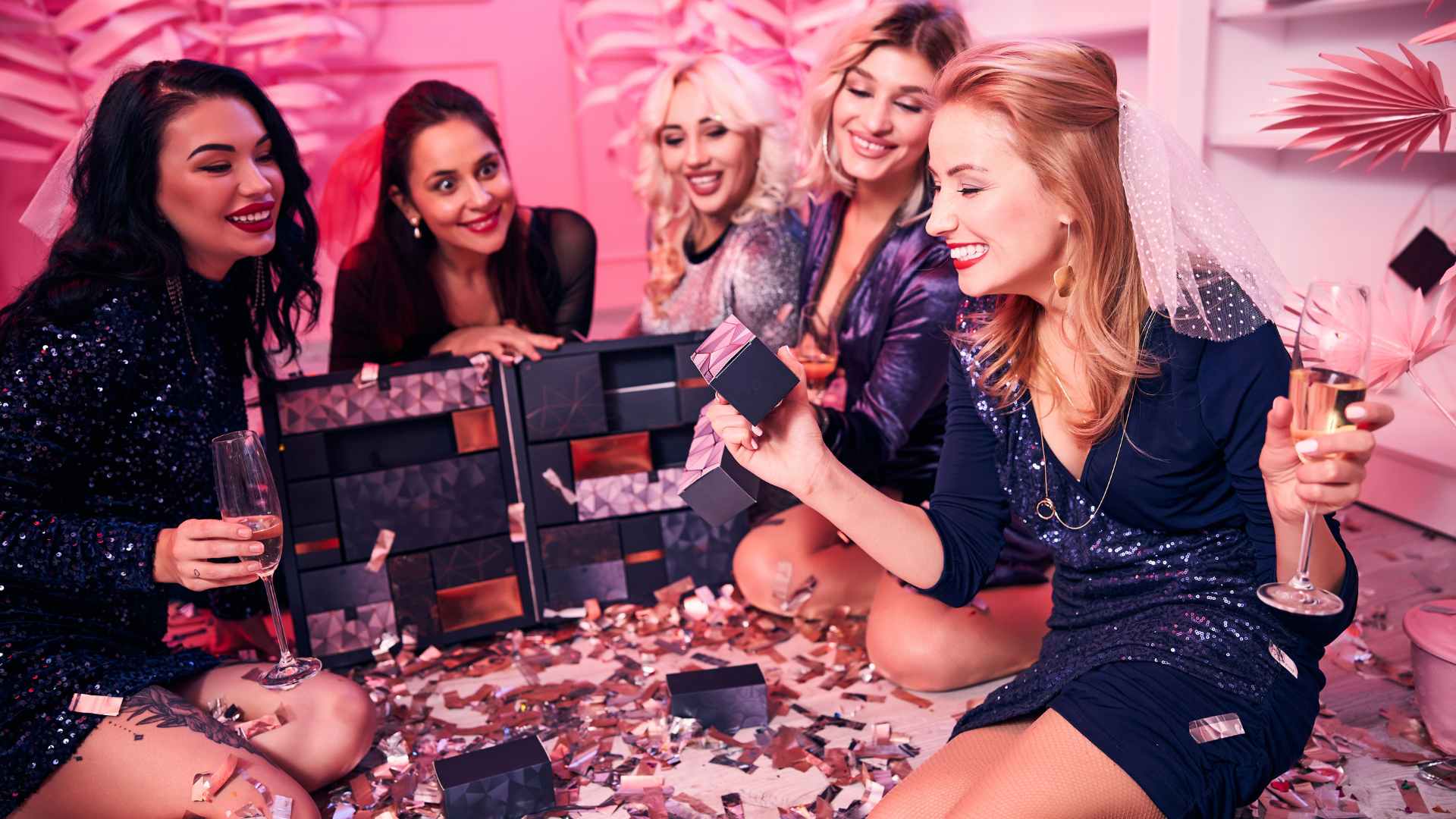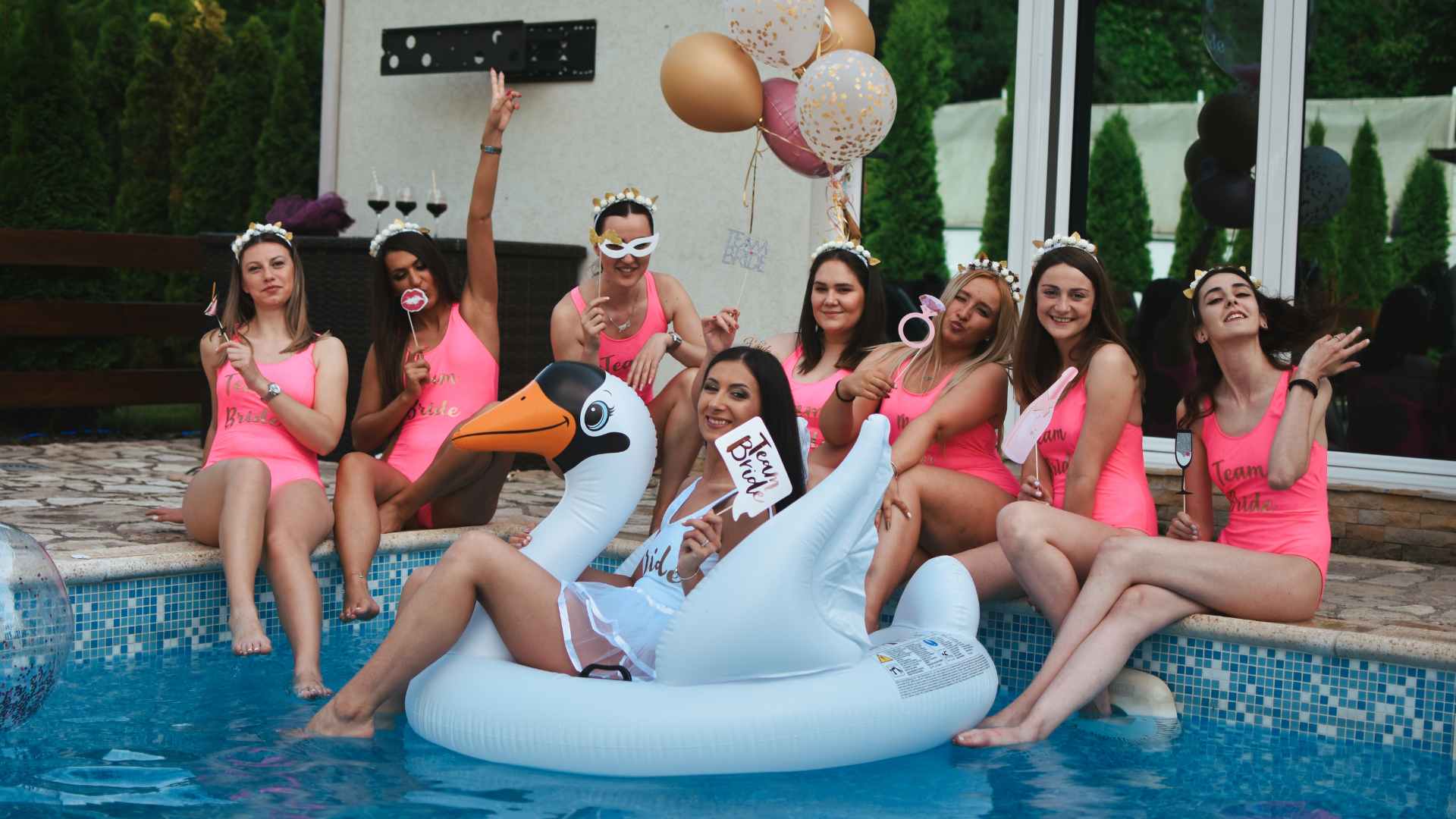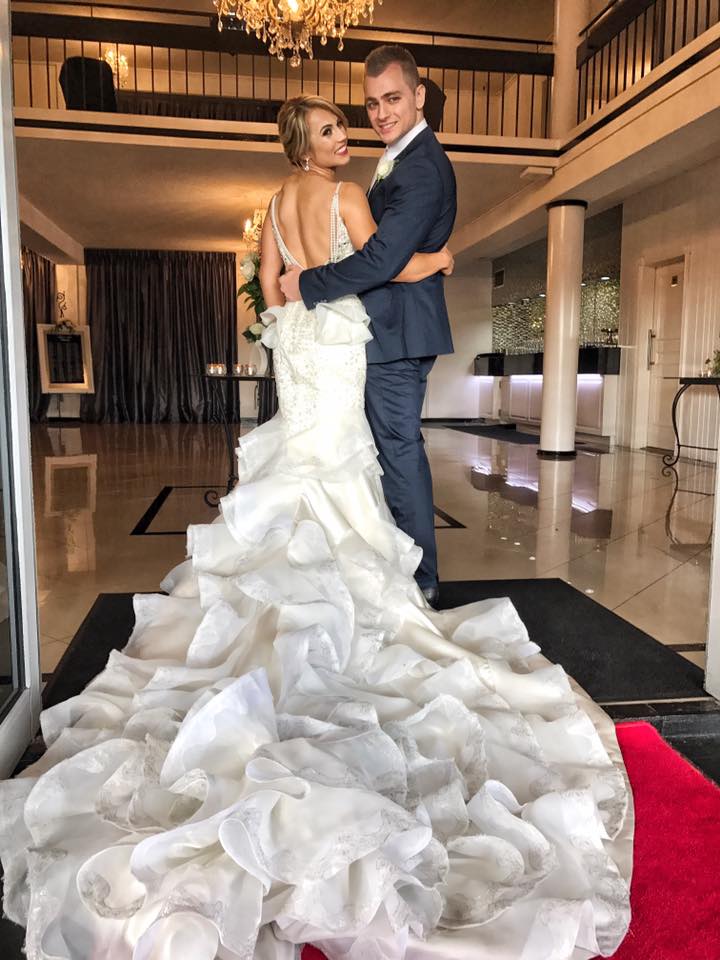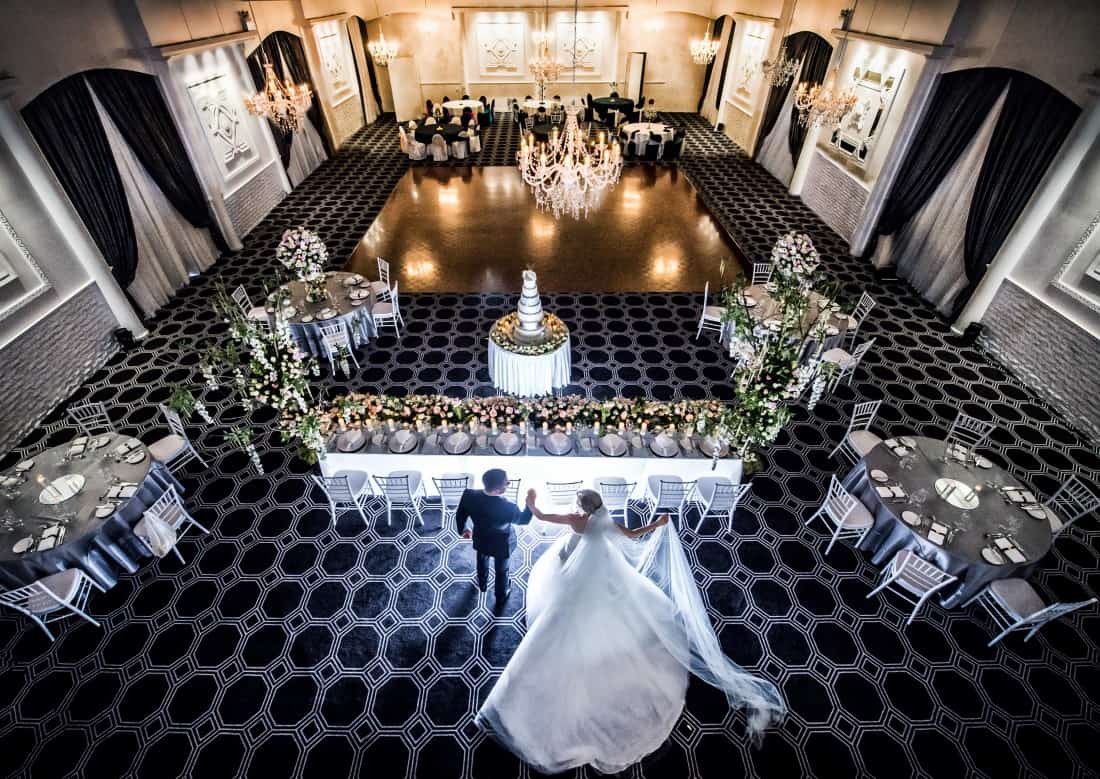When I first started working in the Melbourne wedding scene, I was fascinated by the sheer diversity of pre-wedding celebrations. The Hens Party was no exception. It wasn’t long before I realised that the term “Hens Party” isn’t just a global tradition – it’s a multi-faceted one. Depending on where you are, you’ll hear different names, each with its own flavour and significance.
In Australia, for instance, we’re fond of the term Hens Night or Hens Do, often used interchangeably, reflecting our laid-back yet fun-loving spirit. But hop over to the UK, and you’ll find the same celebration called a “Hens Party.” The term has even caught on in New Zealand and Ireland, where you’ll hear about Hens Nights filled with cocktails, games, and plenty of laughs.
But here’s the kicker: whether it’s a Hens Party, Hens Night, or Bachelorette Party, the aim is always the same – a celebration of the bride-to-be surrounded by her closest friends and family. What really stands out to me is the shift in focus from the 1970s Hens Parties in the UK, where they were originally a chance to “cut loose” and embrace a cheeky goodbye to singledom, to today’s more personalised, bespoke experiences that reflect the bride’s personality.
Understanding Cultural Differences in Naming Pre-Wedding Celebrations
Now, what really caught my attention during my time working with brides here in Melbourne is the sheer variety in naming conventions and how each reflects local culture. You’ve probably heard of a kitchen tea, a term used in South Africa, which sounds like it’s about a casual gathering over tea. But in actual fact, it’s a kind of pre-wedding celebration for the bride, where women gather to shower the bride with gifts — a mix of both a bridal shower and Hens Party rolled into one.
What’s also interesting is that while Hens Parties are the go-to for women in the UK, in some regions, especially in the United States, there’s a noticeable shift toward “bachelorette weekends.” You know, the kind where the bride and her closest friends go off to places like Nashville or Las Vegas for a weekend of fun and debauchery. I can’t help but think back to one particular bride who came to me, all excited about her weekend getaway to the US, planning to hit the clubs and enjoy a more relaxed vibe compared to what she initially thought a Hens Party would be.
For the most part, when people think of a Hens Party, they think of it as an event that happens just before the wedding day, often followed by the Stag Party — a male counterpart in the form of a bucks night or stag do. It’s interesting to see how this tradition of pre-wedding parties has evolved into such a diverse concept in different countries, based on their unique customs and social expectations.
The History Behind the Hens Party Name: From Social Gatherings to Pre-Wedding Rituals
It’s funny – when I first started researching the history of the Hens Party, I was surprised to learn how long this term has been around. It wasn’t always tied to the wedding industry in the way we think of it now. Originally, the term Hens Party was used in the United States to describe any kind of women-only social gathering, long before it became associated with pre-wedding celebrations.
Imagine the scene: the late 1800s in the US, and women would gather in each other’s homes for afternoon tea, chat, and a game of cards. Sounds a bit old-fashioned, right? But this was the norm. These were called Hen Parties, often described as charming, genteel affairs. In fact, one of the first recorded mentions of a Hens Party dates back to 1897 in the Deseret News in Utah, which described a “hen party” as “a time-honoured idea that tea and chit-chats, gossip smart hats, constitute the necessary adjuncts to these particular gatherings.” It was an intimate way for women to catch up – no wedding bells, no bachelorette events, just pure socialising.
Now, I can’t help but think back to a couple I worked with a few years ago. They were from Utah, and as soon as we started talking about the Hens Party, they got all excited. “You mean like what my grandmother used to host?” the bride-to-be said. I realised then that for some, the term “Hens Party” carries a deeper, almost nostalgic feeling, a connection to an earlier time. These parties weren’t just a pre-wedding ritual – they were an expression of tradition, much like the women-only gatherings in the US over a century ago.
By the time the mid-20th century came around, things began to shift, and the Hens Party as we know it started to evolve. In the UK, by the 1940s, the term Hen Night had started to gain traction, eventually leading to the modern-day Hens Party.
Etymology of the Term “Hen” in the Context of Weddings
“Hen” as a Female Bird and Its Social Implications
When you think of a Hens Party, it’s impossible not to picture a group of women celebrating together. But why the term “hen”? Well, at its core, “hen” has always referred to the female of the species. From chickens to birds, and even animals in general, “hen” has symbolised femininity, nurturing, and community.
There’s an old saying I once heard in a Melbourne wedding workshop: “A Hens Party is just like a flock of hens – they all stick together, supporting each other through thick and thin.” It’s a simple but profound way to describe the camaraderie that a Hens Party represents. The name itself hints at this sense of collectivity and togetherness, with the bride-to-be in the centre of the group – much like a mother hen surrounded by her chicks.
The analogy holds weight, especially when we consider how the Hens Party evolved from intimate social gatherings. It became an opportunity for women to bond, often supporting one another as they transitioned through different stages of life, much like how hens work together in their natural social structures.
Here in Melbourne, I’ve seen countless Hens Parties where the bride-to-be is surrounded by a close-knit group of her closest friends and family, supporting her not just in the days leading up to her wedding, but in the emotional journey that marriage represents. And so, while Hens Parties are now filled with fun and laughter, at their heart, they’re a tradition that celebrates female unity.
Hens Party vs. Bachelorette Party: What’s the Difference?
Ah, the age-old rivalry: Hens Parties versus Stag Parties. Both are deeply rooted in pre-wedding traditions, yet they’ve evolved in their own unique ways. It’s fascinating to see how each one carries its own set of expectations and cultural associations.
Take the Stag Party, for example. The Stag Do, or Bucks Night as we call it here in Australia, is traditionally an all-male event. Think cigars, drinks, and often, a night out on the town full of adventure and wild stories. Historically, Stag Parties were a rite of passage for men before tying the knot, a final hurrah into married life. Much like Hens Parties, Stag Parties have evolved over time, but they still carry that same “freedom” element attached to them, which the modern Hens Party has largely moved away from.
Now, I’ve been to my fair share of Hens Parties, and I can tell you they have a different flavour. A Hens Party is often about bonding – it’s as much about emotional connections as it is about letting loose. I recall one Hens Party I attended where the bride-to-be chose a day of cooking classes and wine tasting with her closest friends. It was low-key but deeply meaningful. The group wasn’t there just for the fun of it; they were there to mark an important shift in the bride’s life.
While Stag Parties have often leaned into rowdiness, Hens Parties have, for the most part, become more about personalising the experience to fit the bride-to-be’s personality. It’s no longer about simply breaking the rules before settling down — it’s about celebrating the bride’s individuality and cherishing her last moments of singledom in a way that resonates with her.
One of the most interesting things I’ve seen here in Melbourne is the growing trend of co-ed pre-wedding celebrations. Some couples are opting to have joint celebrations, where the bride and groom celebrate together with their closest friends and family. While this certainly makes things easier when it comes to planning, I do think there’s something special about Hens Parties and Stag Parties as separate events. It allows both the bride and groom to experience their last hurrah with their own inner circle.
The Significance of Hens Parties in Modern Wedding Culture
As someone who’s been immersed in the Melbourne wedding industry for over 20 years, I’ve witnessed firsthand the transformation of the Hens Party. From what was once an unrestrained night out with drinks and games, today’s Hens Parties are as varied as the brides themselves.
I remember one Hens Party I helped organise, where the bride-to-be had requested an afternoon of pampering and relaxation with her closest friends. They spent the day at a luxury spa, followed by dinner at a fine-dining restaurant. It was an entirely different experience compared to the typical Hens Party, but that’s what made it so special for the bride. She didn’t want the traditional hen’s night out — she wanted something that suited her personality and would allow her to bond deeply with her closest friends before the big day.
Today’s Hens Parties can range from weekend trips to the coast to more adventurous activities like rock climbing or even skydiving! Whether it’s a wine tour in the Yarra Valley or a yoga retreat in Byron Bay, the possibilities are endless. But what strikes me most about these modern Hens Parties is that they often reflect a celebration of who the bride is and what she loves, rather than fitting into a traditional mould.
The Cultural Importance of Hens Parties
The cultural significance of the Hens Party cannot be overstated. In many ways, it marks a rite of passage for women, symbolising the transition from single life to married life. It’s about embracing the future, but also celebrating the past and the relationships that have helped shape the bride-to-be.
What I’ve noticed in Melbourne and other parts of Australia is that Hens Parties have become an increasingly integral part of the overall wedding experience. They aren’t just about having fun (although that’s definitely part of it); they also serve as an opportunity for the bride to reflect, relax, and create memories with the women who mean the most to her.
On a personal note, I’ve been fortunate enough to be part of many Hens Parties, and what I love most about them is how they foster a sense of unity. For some women, it’s the first time they’ve gathered with all their closest friends and family members in one place, and the joy that radiates from those moments is truly something special.




